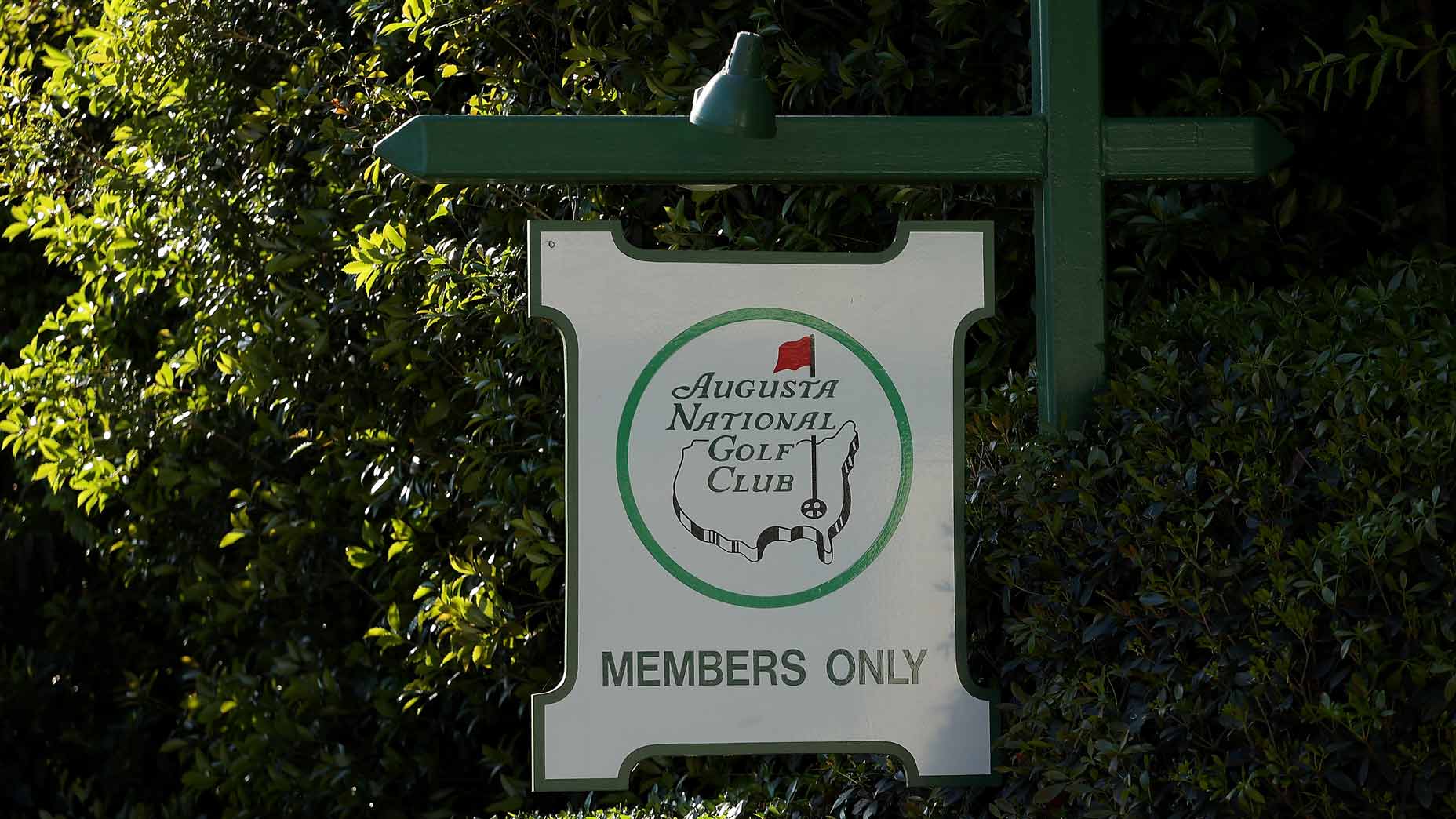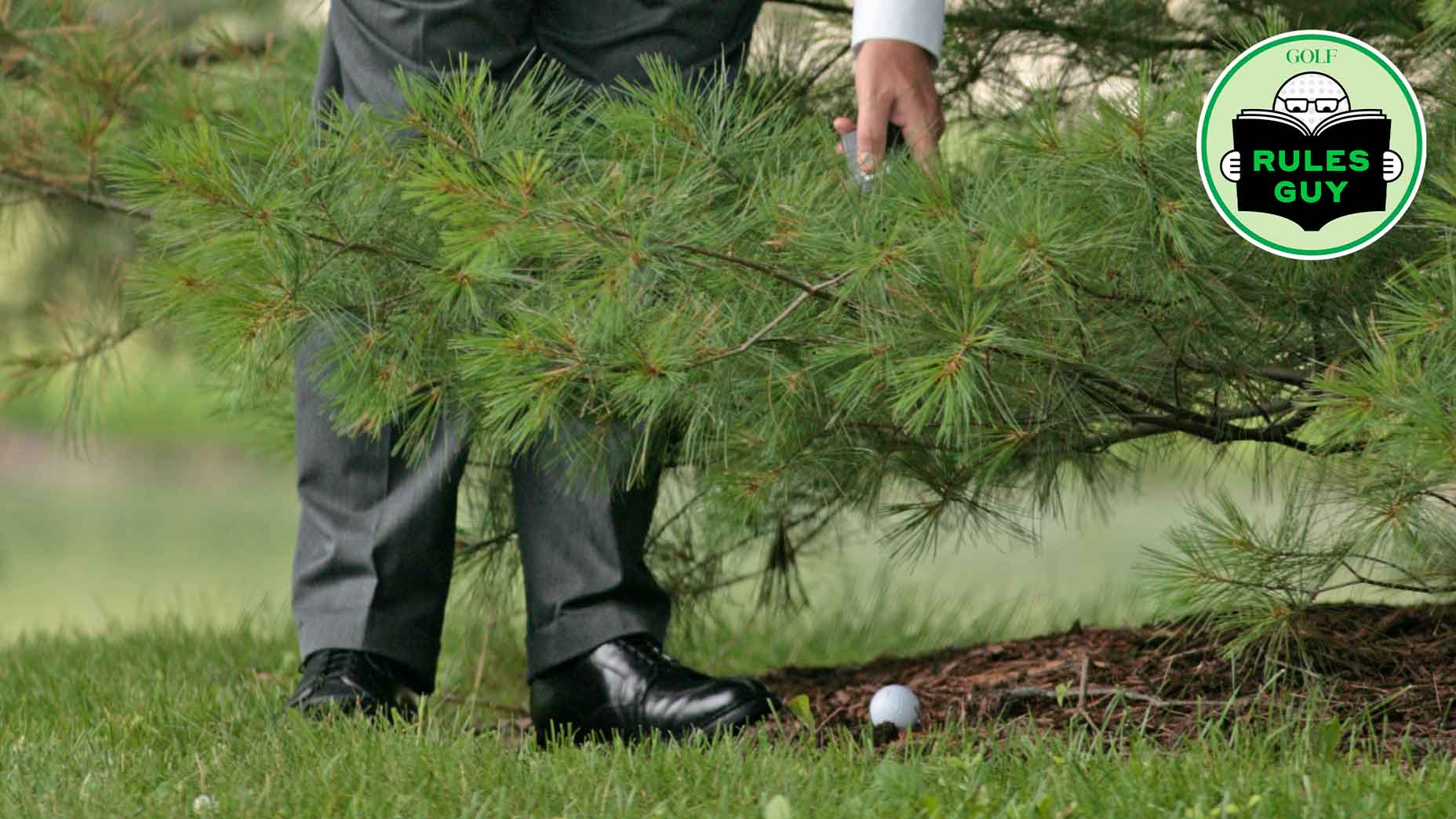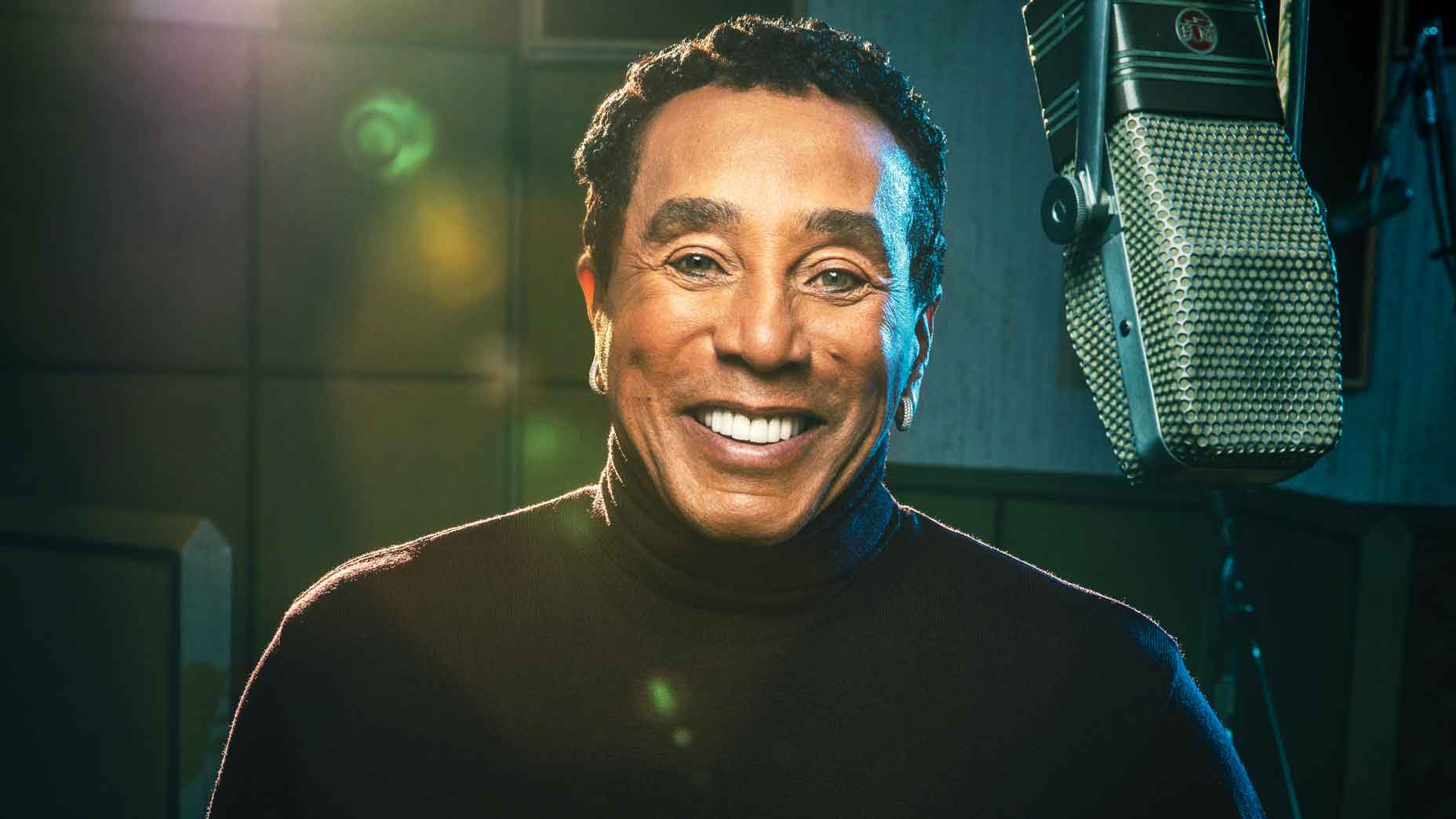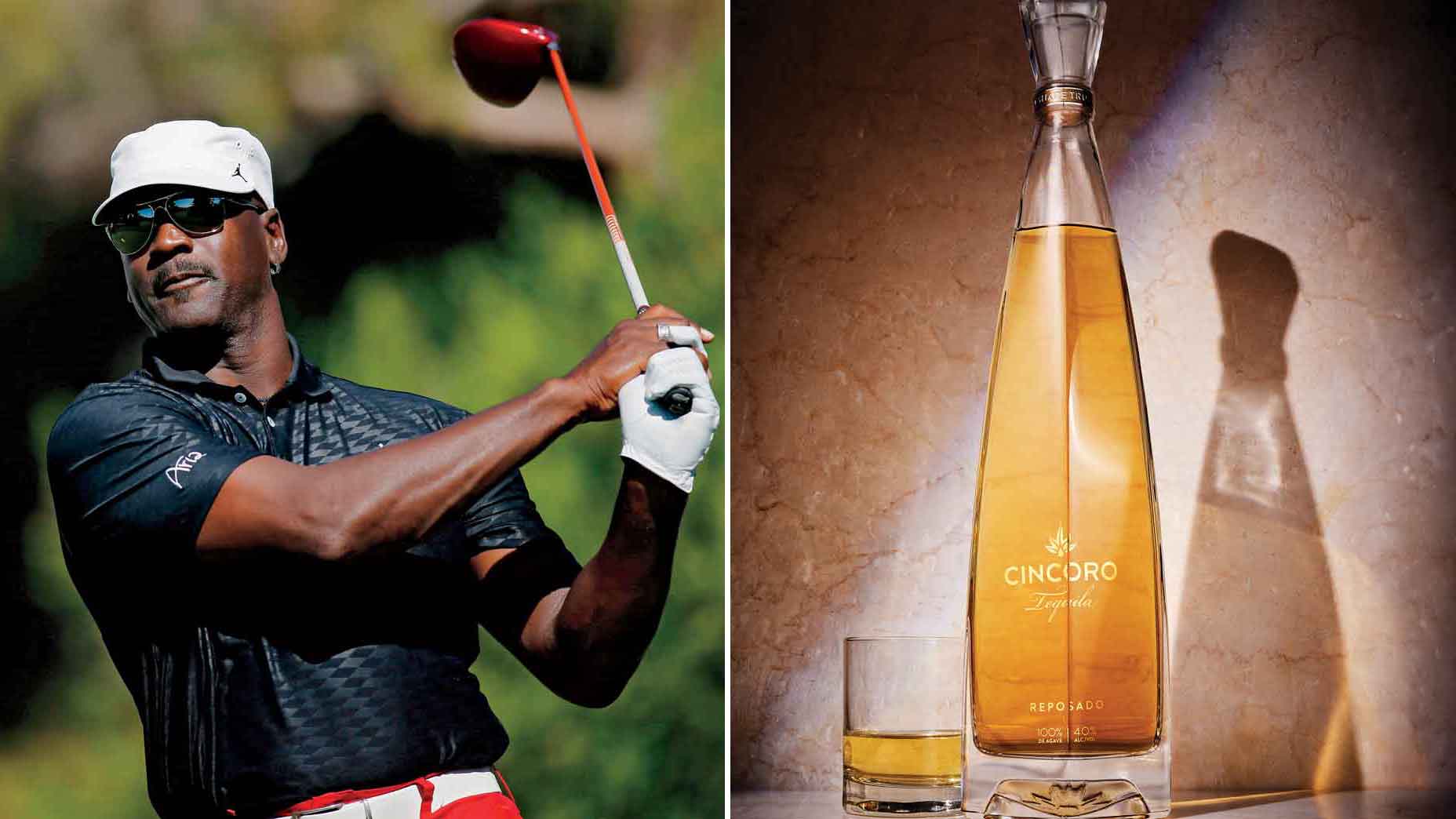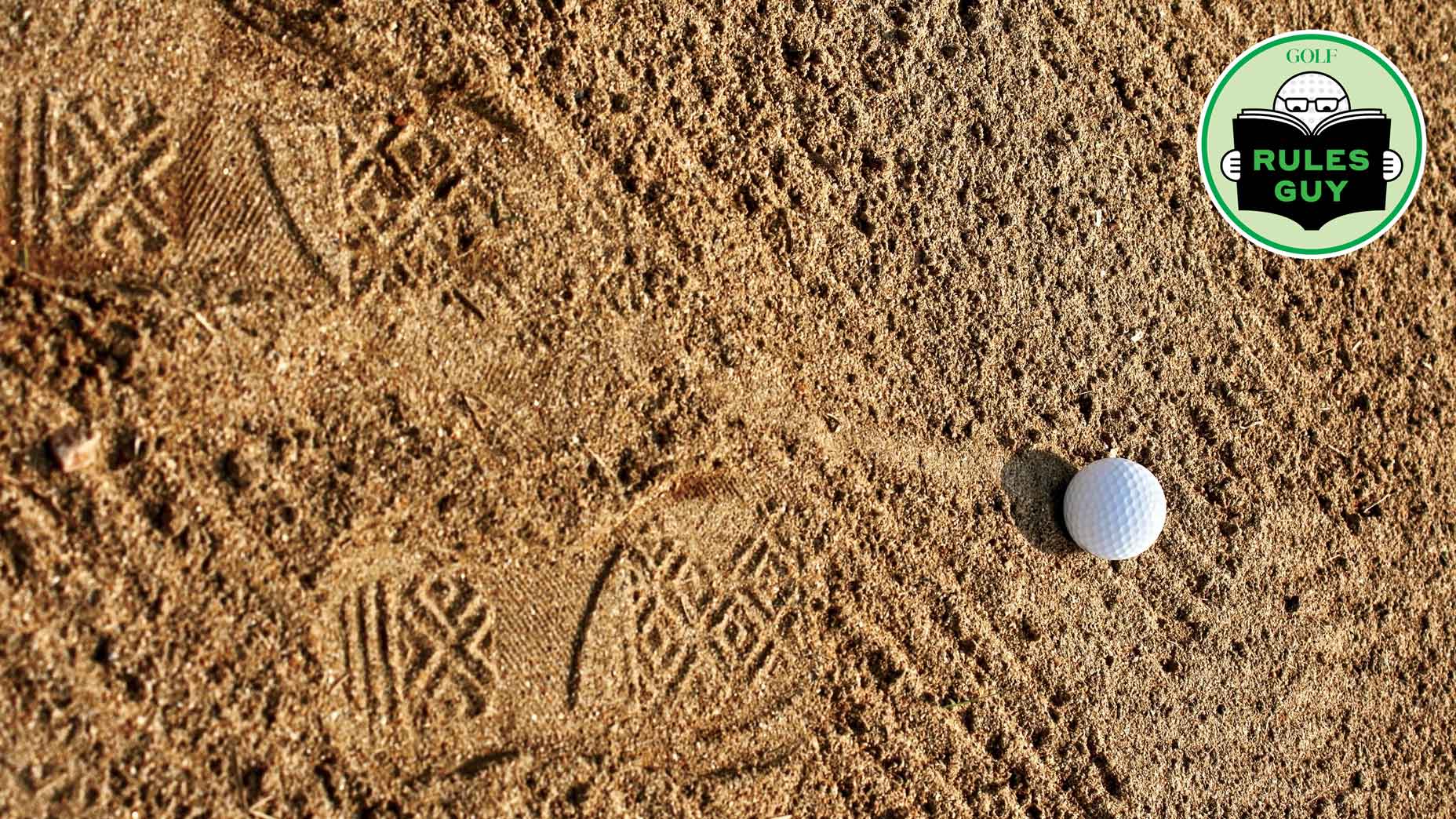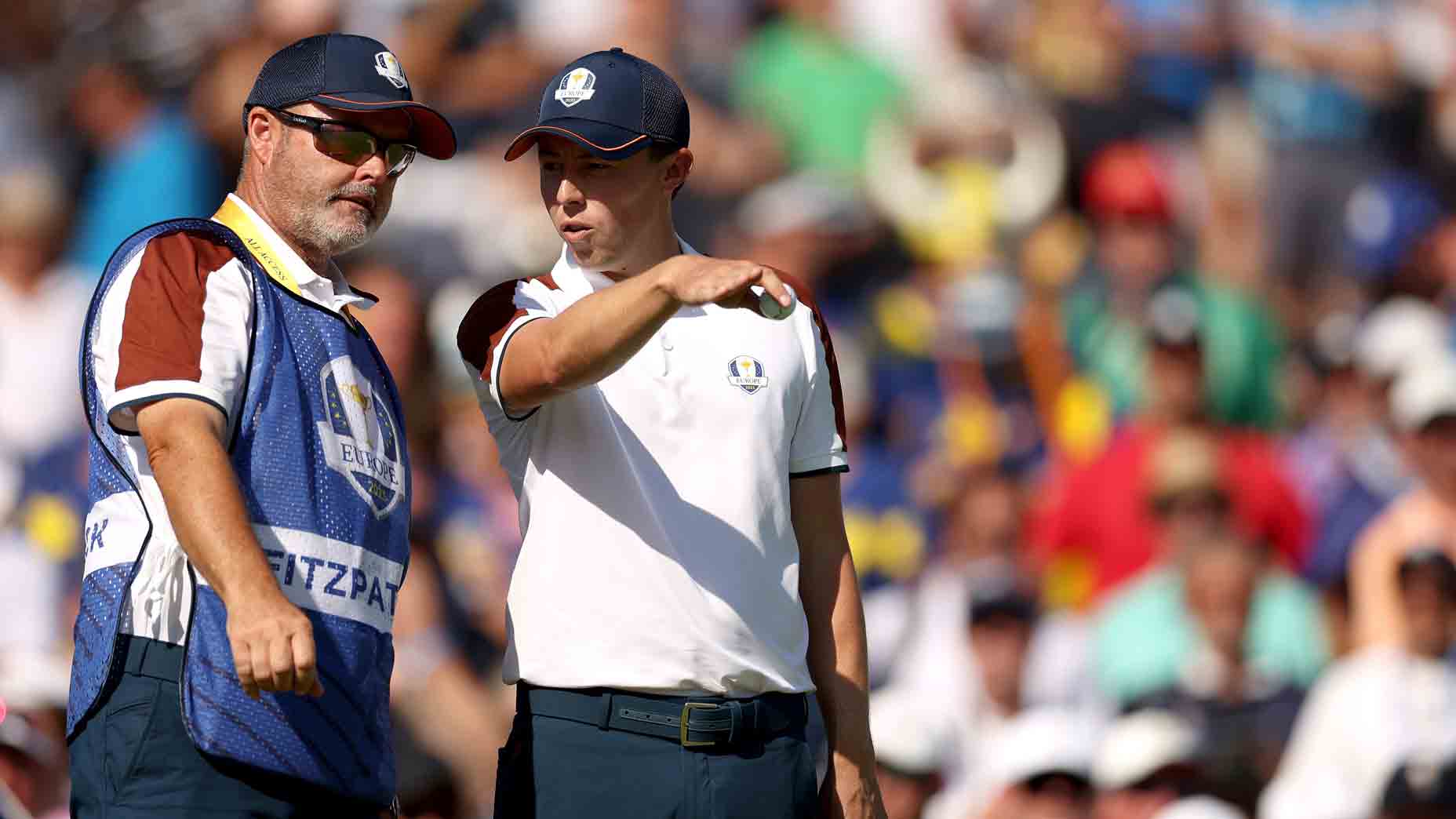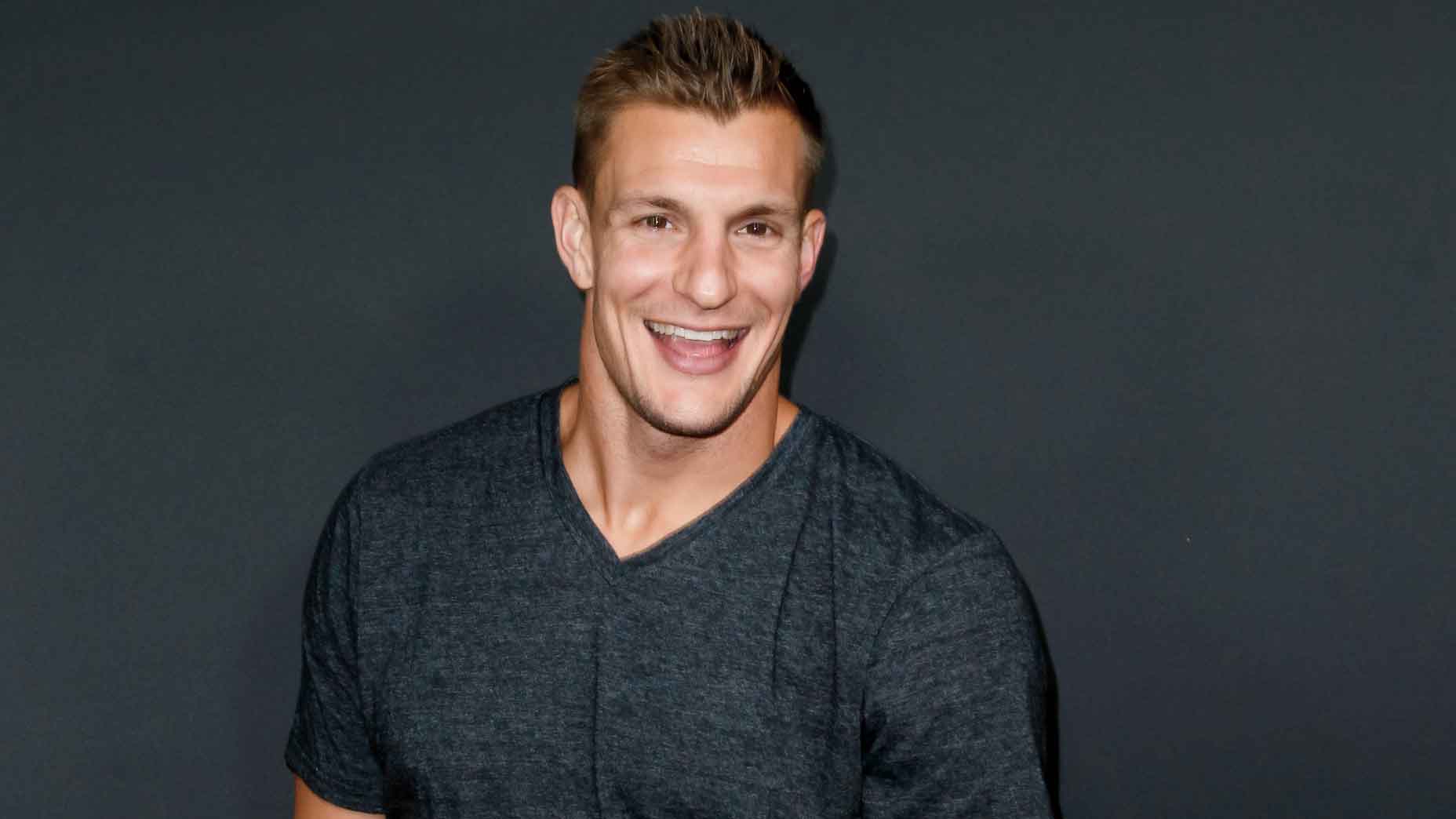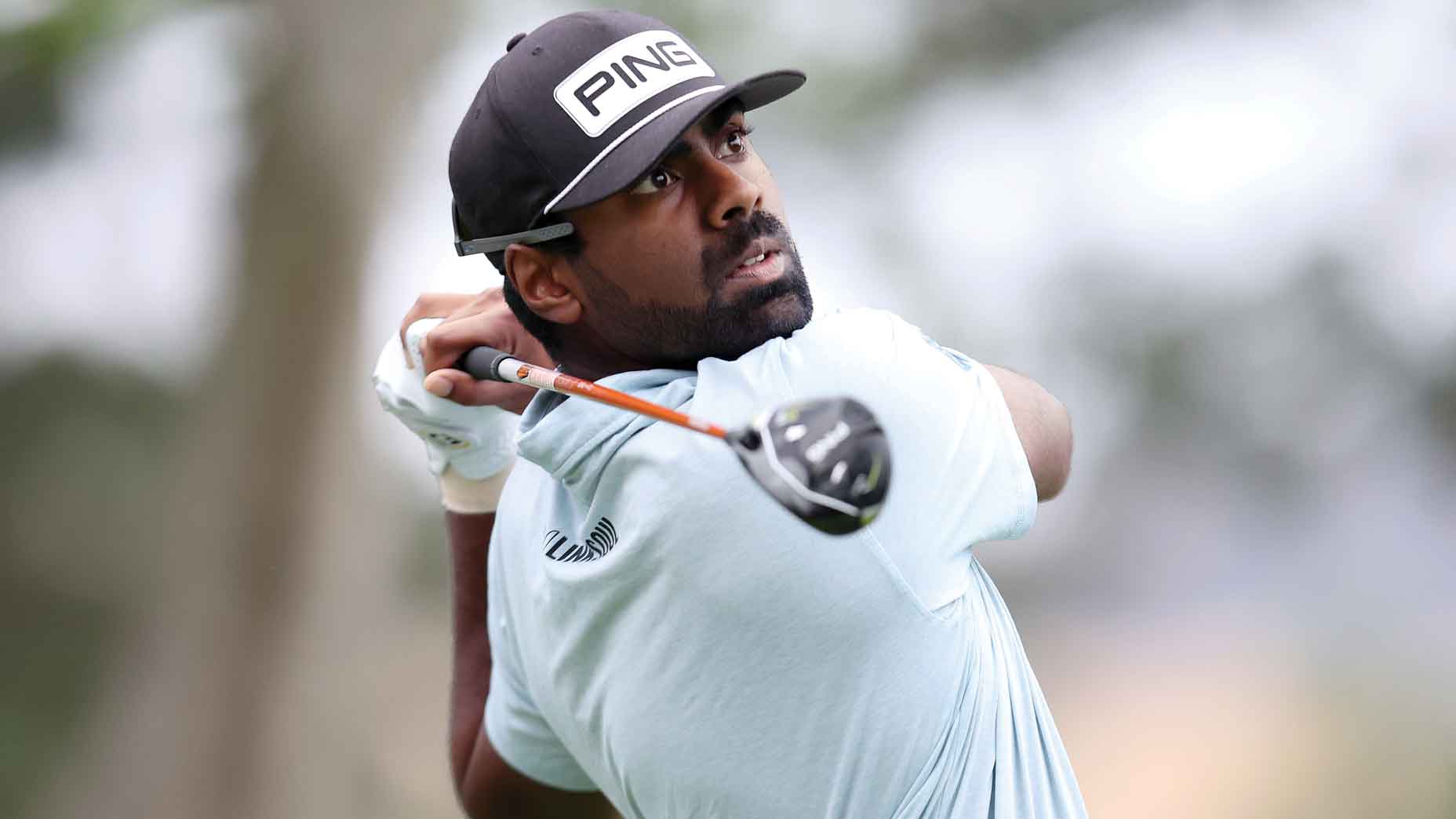Unraveling one of the Masters’ greatest unwritten traditions
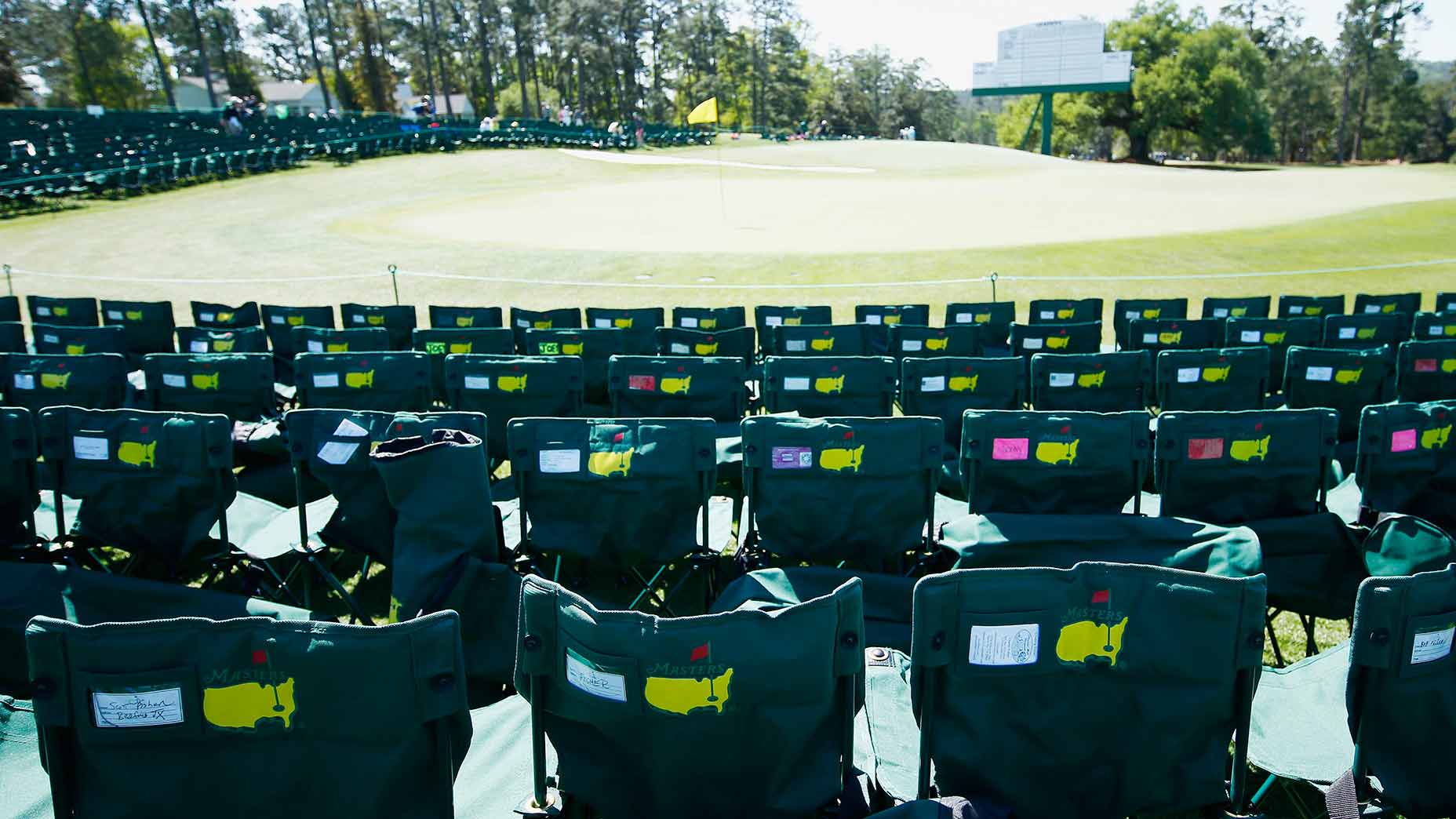
The 18th green at Augusta National is routinely an ocean of “reserved” seating.
Getty Images
It’s Friday morning at the 2022 Masters, and patrons are moving. Not running, because you can’t run here. More like power walking. Something brisk but restrained; a symphony of squeaking sneakers gliding across the dewy grounds.
At the WM Phoenix Open, as soon as the sun breaks, twentysomethings are allowed to sprint to the par-3 16th to snag coveted stadium seats. This isn’t that. But these patrons still have places to go, people.
You see, decorum is king at the Masters. There’s a lengthy list of rules, but there are also some incredibly sweet perks, like this one: You can arrive early, hustle (not conspicuously!) through the gates, find your two-by-two-foot parcel of prime viewing real estate and stake your claim to it with a chair. You’re then free to roam Augusta National. Buy a hat or ten in the enormous Golf Shop. See what all the pimento-cheese-sandwich fuss is about. Be a buttinsky at Butler Cabin. Do recon on the Par 3 Course. Then, hours later, with the tournament heating up, return to a spot that’s all yours.
Try pulling a stunt like this at even a low-rent resort — by, say, dropping your towel on a poolside chaise — and you’ll get run out of town by the Speedo police. Here at the Masters? It’s practically a right etched in stone; one of the greatest traditions of a tournament with many of them.
Like most things Augusta National, the origin of this ritual is shrouded in mystery. Most people you talk to about it think it happened organically. Others suspect that ANGC members and the tournament’s corporate sponsors helped usher in the honor system when, with folding chairs in tow, they were allowed early access to the course. Paying patrons eventually followed suit.
David Barrett, the author of two books on the Masters, calls it more of an informal understanding than an official policy, one he thinks was initiated when the same fans began attending the tournament year after year. According to Barrett, 1968 was the first year badge holders were given priority in buying passes for the following year. By 1972, that courtesy list was already maxed out. That meant a gallery full of return visitors — and a newfound rite and rhythm.
“It’s possible it could have started even earlier,” Barrett says, “since a lot of the same people were buying Masters tickets each year.”
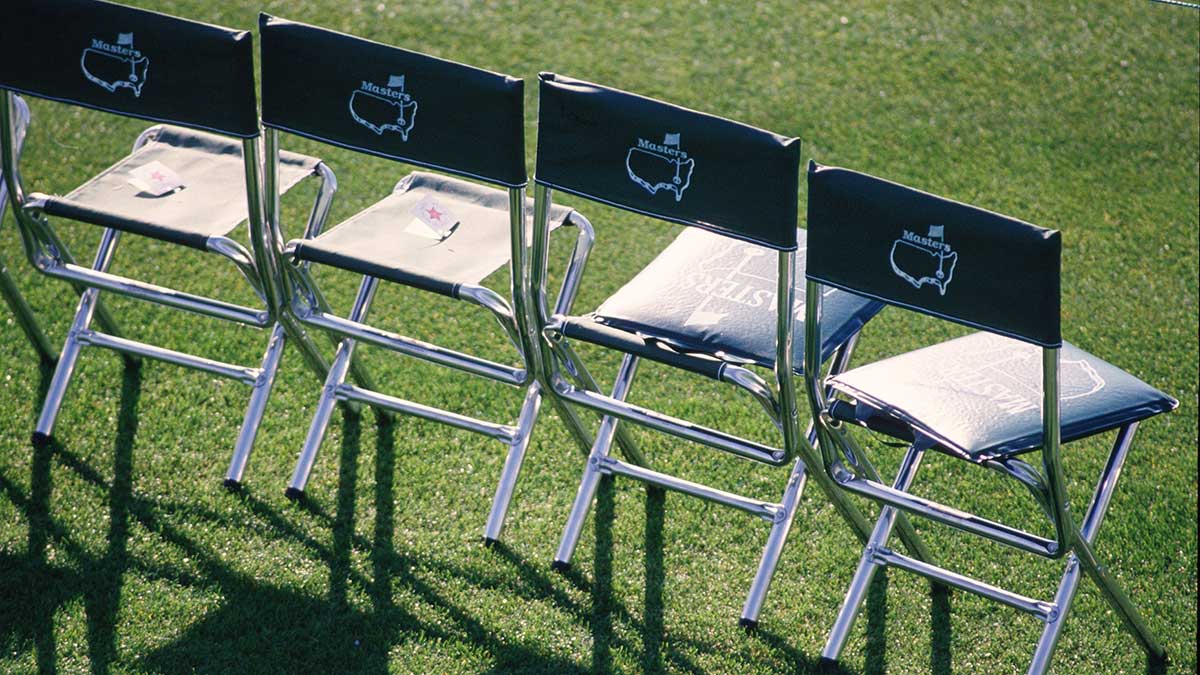
In the early days of the chair dance, there was no limit. Some resourceful patrons entered the grounds with multiple old folding chairs hooked on their arms from wrist to shoulder, metallic chair legs clanking as their owners raced to Amen Corner and several other peak viewing spots. They’d then shuttle between holes, playing musical chairs for the day.
Forty-three-year-old Chip Brown has been attending the Masters since he was a kid. His father, Frank, first secured badges in 1972, and the family has enjoyed legacy tickets ever since. When Chip was a teenager, before there was a limit on chairs, he’d rotate between two holes on the weekend — one chair on the first nine, another on the second nine — with the goal of someday checking all 18 holes off his list.
Now, of course, there are rules that govern all of this. Only one chair per patron is allowed. And don’t even think about hauling in something with armrests, spiky feet or one that doesn’t fold. Most people now own the official green Masters chair, which can be purchased (for $30) on property in the Golf Shop.
Like the Masters itself, these ANGC-sanctioned beauties have evolved over the years. It’s easy to spot the older ones, since they’re smaller and in a lighter (or faded) shade of green. Newer models come with a slip sleeve and, in the back, a handy plastic business card holder where you can ID your chair so it won’t get lost in a sea of nylon.
An orderly sea of nylon. With the help of gallery guards (one Masters badge holder praises them as organized, polite and firm), chairs are immaculately positioned within roped-off areas, sometimes lined up straighter than an alignment stick, sometimes beautifully feathered, like seats on the stage of a concert hall.
Although it’s an unadvertised perk, patrons sometimes plop themselves into another patron’s unoccupied chair, a lapse of Masters manners considered acceptable — as long as you’re willing to give it back.
“If someone comes up and taps you on the shoulder, all you do is move one seat over,” says one Masters badge holder. “And here’s the honest truth: Within five minutes, that person is your best friend, because you obviously have something in common, and that’s golf.”
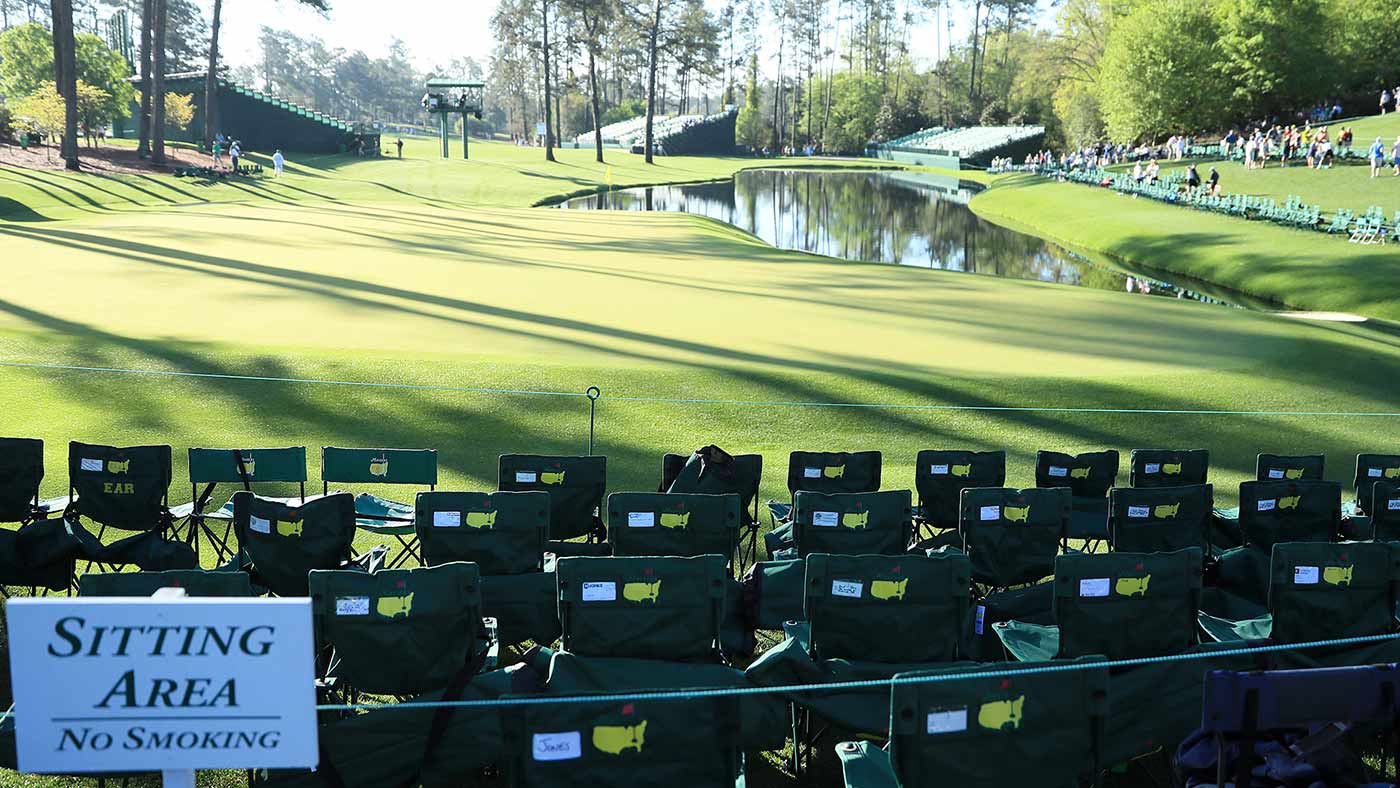
As for where to put your chair — that’s a game within the game. Some prefer a spot greenside on No. 2 (see the pros come through early in the day; wander the property late in the day) or No. 7 (for mid-round action). Others set up at Amen Corner (because why not), the 16th hole (ace alert!), the 17th tee (less crowded) or 18th green (duh).
But there’s more to it than that. Where are the nearest restrooms? Where will the shade be in the afternoon? What about nearby walkways or access to those refreshing Azalea drinks? These are make-or-break decisions.
Most return guests find their spots and, year after year, stick to them. Everyone has a favorite. When Chip Brown reached high school and college age, his go-to spot changed. He’d skip the chairs entirely and, with a paper pairing sheet or tournament guide as a seat, drop down in the grass high above the par-3 6th. From there you can see holes 6, 15 and 16 — and, Brown says, do some spectacular people watching. His mother, Carol, when she used to attend, loved the 12th tee, where she played Bridge with the wives of Cadillac executives. Chip’s grandmother, Elizabeth Brown, favored the 18th green, where players cap their rounds and slide past the patrons en route to the scoring area. His sister, Laurie, raves about the 14th tee, where you can also watch approach shots and putts on 13.
These days, the Browns make their home on the 16th tee. Look closely during Masters week and you’ll see them on television. Lindsay, Chip’s wife, is the one in sunglasses and inescapably bright tops.
“You see the same people on 16, same people on 18, same people on the No. 1 tee,” Tiger Woods said during a presser five days before he won the 2019 Masters. “It’s fantastic to see, and they have all their badges from 50 years of being at the Masters. This is unlike any other golf tournament.”
Just don’t forget your chair.

